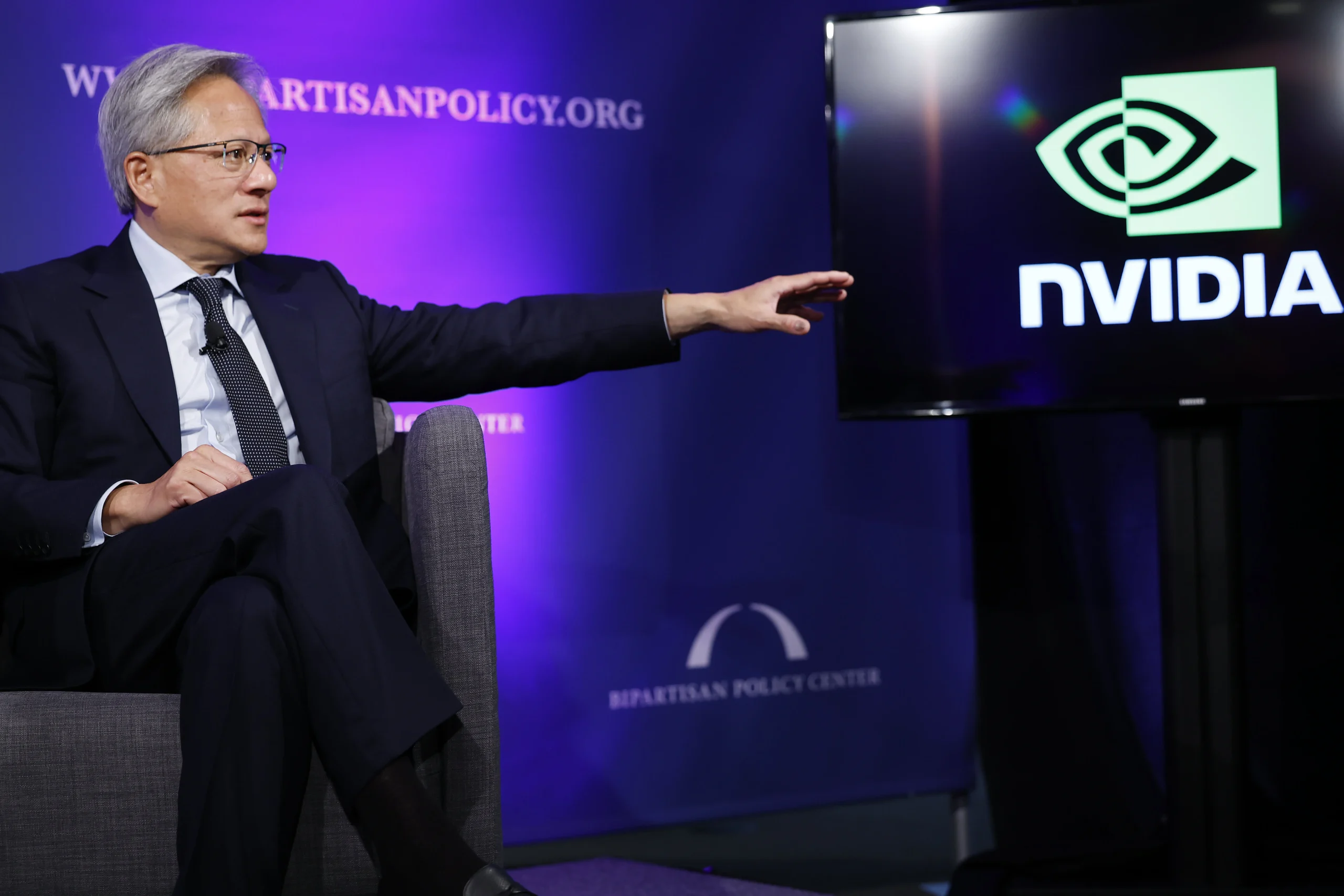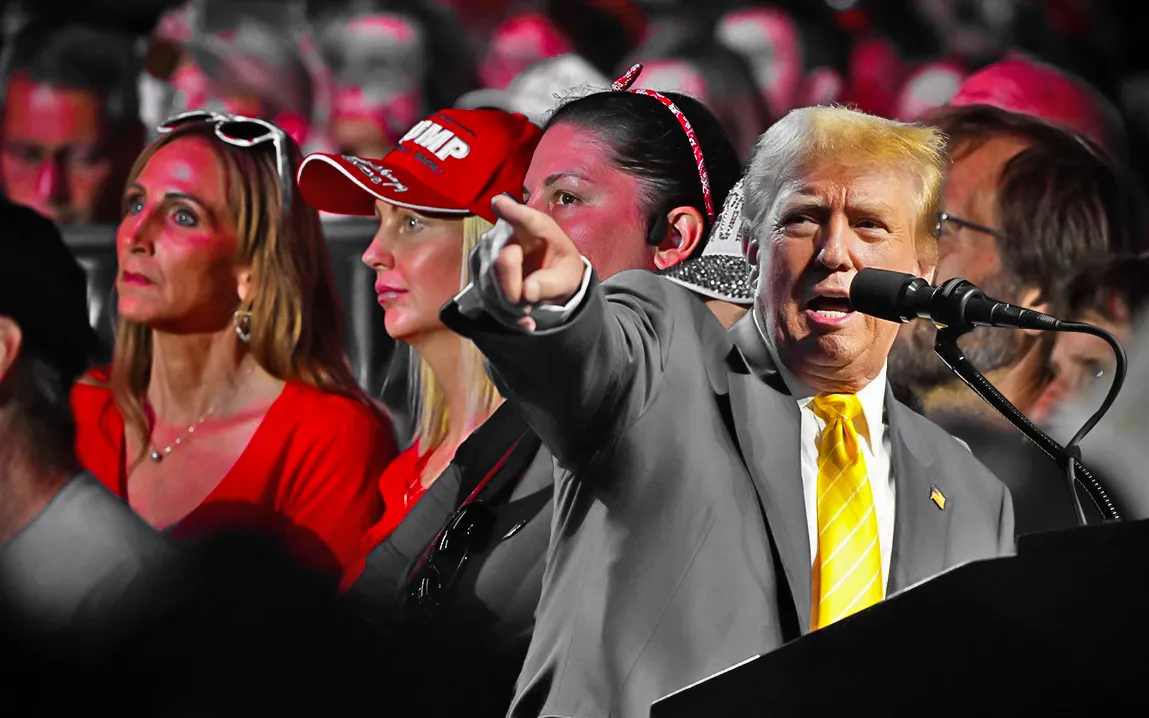American robotics companies, such as market leaders Tesla, Boston Dynamics, and Agility Robotics, are calling on the U.S. government to create a detailed national strategy for robotics. The move seeks to strengthen the competitive position of the United States against China’s fast-growing robotics sector.
The strategy involves a number of important components:
- Federal Robotics Office: Establishing a specific federal agency to advance and coordinate robotics activities.
- Tax Incentives: Establishment of tax incentives to stimulate investment and innovation in robotics.
- Training Programs: Creation of federally sponsored training programs to provide a qualified workforce to maintain and develop robotic technologies.
- Research Funding: Investment of funds to fund both basic research and commercial development in robotics.
Apptronik CEO Jeff Cardenas stressed the timeliness of this effort, citing that though the U.S. originally held leadership in the area of robotics, an organized effort is needed to continue and expand this position.
U.S. Representative Raja Krishnamoorthi underscored the strategic value of this project, citing that ongoing innovation is vital to have the U.S. successfully compete with China’s huge investments into the area of robotics.
The Association for Advanced Automation resonated with the same views, expressing that if it does not exercise strong leadership and strategic vision, the U.S. can lose ground not only in robotics but also more broadly in the realm of artificial intelligence.
China has proven to have a strong desire to incorporate robotics and AI in its economy through tremendous government spending and ambitious schemes to implement these technologies in several industries.
Whereas humanoid robots tend to dominate the public imagination, industry experts like Bill Ray of Gartner indicate that more practical, task-oriented robots could provide more practical benefits. Geopolitical tensions may also restrict the use of advanced robotics across borders.
This national robotics strategy call is itself a sign of a wider acknowledgment of the essential role that robotics and AI will have in the economic and technological future. In anticipating these challenges, the U.S. is working to ensure that it remains a world leader in these revolutionary sectors.




